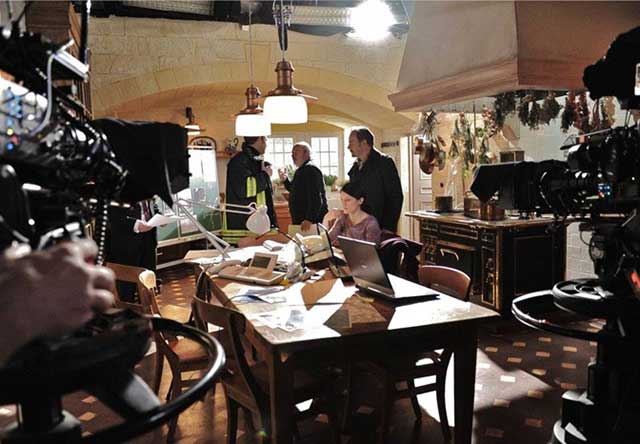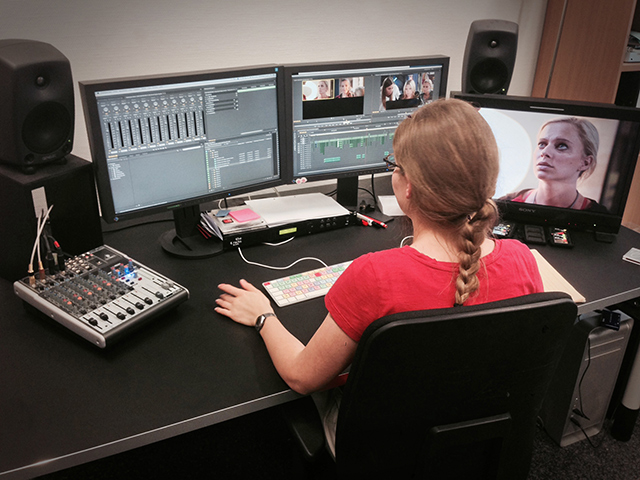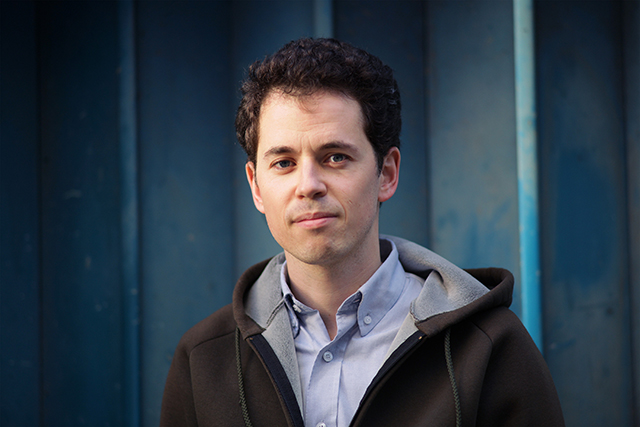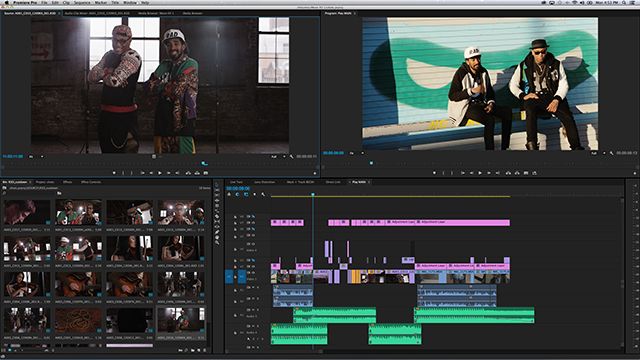For more than 20 years, UFA SERIAL DRAMA has produced some of the most popular serial dramas in Germany. Classic shows such as Good Times, Bad Times (Gute Zeiten, Schlechte Zeiten) and Among Us (Unter Uns) have been on the air for more than 4,000 episodes each. UFA SERIAL DRAMA currently runs five daily shows and can produce up to 28 episodes in a week; for this team efficiency is key. Post-production supervisor Marc Schwellenbach works with the post-production teams to continually refine and optimize the standard workflows to be as quick and smart as possible.
Adobe: Tell us about the shows you produce through UFA SERIAL DRAMA.
Schwellenbach: We produce five unique daily serial dramas, which translates to 800 minutes of material every week. Four of our shows run in Germany. In fact, the first series that we produced back in 1992, Good Times, Bad Times (Gute Zeiten, Schlechte Zeiten), was the first daily serial drama made for German television. It’s still on the air; we passed the 5,000 episode mark a few years ago. Even our “newest” series has been around for eight years and nearly 2,000 episodes. Our fifth show is actually a serial drama made for Hungarian audiences. It’s been running for 16 seasons, and it’s one of the top-rated shows in Hungary.

Adobe: Why are production workflows so important to you?
Schwellenbach: We work on five shows that run five days a week with almost no breaks. To get all of the shows ready for air, we may produce up to 28 episodes a week. We need a rock-solid workflow to keep up the pace without compromising quality.
We have one big advantage on our side: experience. We’ve learned over the years to take the time to think through our workflows and look for ways to improve them. We take it a step further at UFA SERIAL DRAMA by standardizing about 90% of our workflow across productions. If one team comes up with a new process that helps them work faster and better, we can easily apply their innovations to other teams.
Adobe: How has your software changed over the years?
Schwellenbach: Several years ago, we switched from Avid to Final Cut Pro with the intention of becoming more flexible and speeding up workflows in post production. We worked with the Final Cut Pro workflow for a few years, but we felt that we still needed to move our editing process to the next level. By better integrating editing into the rest of the post-production workflow, we would improve turnaround speed for dailies and increase our overall speed and efficiency.
We recently started looking into Adobe Premiere Pro, and that’s when we realized the advantages that we could achieve using the integration between Adobe creative applications. With Adobe Creative Cloud, our workflow has not only gotten faster, but also tighter. We’re tying everything together into one smooth Adobe framework, which helps us get much more power and flexibility out of our daily workflows.

Adobe: How important is the integration of Adobe tools to your workflows?
Schwellenbach: We had used Adobe After Effects and Adobe Photoshop before, but we had never considered how everything could work together in a bigger way. The integration among Creative Cloud applications not only changes how we work, but it encourages us to think about how all of the steps fit together to create the big picture.
Previously, our post-production artists would use After Effects to composite green screen shots and hand the finished shots over to the editors. The Dynamic Link between After Effects and Premiere Pro simplifies things so much. Even our editors who are not visual effects artists use After Effects to create their own graphics, or use templates we’ve created for graphical inserts, such as cell phone displays. They can then easily bring these effects into their Premiere Pro workflows. Edits and adjustments are practically seamless, as we no longer need to wait to export and import clips. We can be much more flexible while maintaining consistent information on the shots.
We also appreciate how Adobe software invites collaboration. We see lots of great third-party integrations, and with Adobe XMP and panel integration, we can even see ourselves leveraging metadata to develop our own integrations as we need them. The Adobe framework opens up whole new ways for us to speed up and simplify the workflow.

Adobe: What steps did you take to transition to Adobe Premiere Pro?
Schwellenbach: The key to a smooth transition is planning and communication. When you’re changing a key component of your workflow, you have to make sure that you think through everything beforehand. We didn’t want to even start the move until we were sure that our editors would be able to work faster right away. We talked with editors about the changes that they wanted to see and used their input to design the new workflow. Giving them ownership of the transition helped to assure them amidst the changes.
Trainers worked with our editors to help them feel comfortable with the new software and features. The entire transition felt very collaborative with Adobe, with everyone coming together for a common goal. As a result, our transition has been very smooth. Two teams have completely switched over to Premiere Pro with more still in the final training phases. Our editors are very pleased with the ease and functionality of Premiere Pro. Other departments have also successfully made the move to Creative Cloud.

Adobe: Are there any other applications in Creative Cloud that you’re excited about?
Schwellenbach: Adobe Story CC Plus looks very interesting and has definitely caught the eye of our head writer. We’re currently syncing Word documents with our scheduling system, but Story will help us leverage metadata in the scripts so that we can see exactly what we need in post production.
Adobe Prelude CC is another piece that’s bound to be very useful. We’re always talking about logging on set, and Prelude and Live Logger will provide us a way to log information on set and preserve that metadata in Prelude for the post-production process. We’re already using a digital movie slate integrated into an iPad app, so I could see us using Prelude Live Logger right away.

Adobe: What is the future for UFA SERIAL DRAMA?
Schwellenbach: We started using Adobe Creative Cloud for teams, but we’re switching to Creative Cloud for enterprise as our business continues to grow and use of the software expands. We’re also talking to other businesses in the UFA family. We’ve developed powerful workflows for our fast-paced production and along the way we’ve learned a lot about working with Adobe software. We look forward to sharing our knowledge and best practices with other UFA productions.
Download a free trial of Adobe Creative Cloud apps

Filmtools
Filmmakers go-to destination for pre-production, production & post production equipment!
Shop Now












